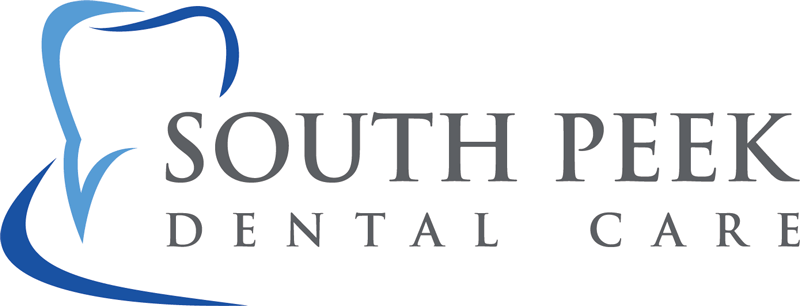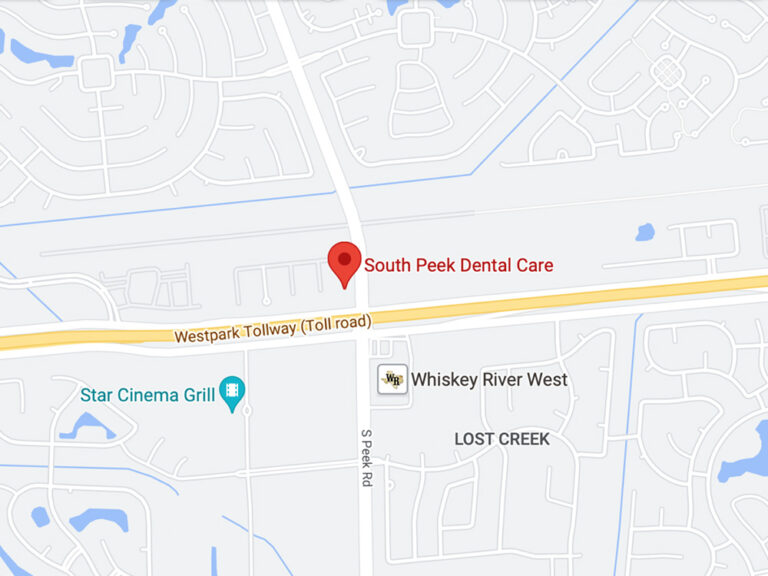Water Flossing vs. String Flossing: Your Guide to a Cleaner Smile
Seeking a Brighter, Healthier Smile? Exploring Water Flossing Options
Maintaining optimal oral hygiene is crucial, and flossing plays a vital role. But with the rising popularity of water flossers, many wonder: are they truly better than traditional string floss? South Peek Dental Care delves into the research and helps you make an informed decision for your smile.
Water Flossing: Hype or Hero?
Water flossers, also known as oral irrigators, promise an easier, more effective cleaning experience. Research suggests they might deliver:
- A 2013 study compared them to string floss, finding water flossers 29% more effective at removing plaque, and particularly beneficial for cleaning between teeth.
- However, one author had ties to a water flosser company, prompting some caution.
Other Studies Paint a Different Picture
- A 2021 study concluded water flossers were equally effective as string floss, recommending them for people with braces, retainers, or dexterity issues.
So, are water flossers superior? The jury’s still out, but they appear to be a viable alternative, especially for those with specific needs.
Beyond Effectiveness: Water Flosser Considerations
While effective, water flossers come with potential drawbacks:
- Bacterial Growth: A 2021 study found water flosser nozzles can harbor bacteria despite cleaning. Thorough sanitization after each use is crucial.
- Travel Incompatibility: Their bulkiness makes them impractical for travel, necessitating continued string floss use.
- Maintenance: Proper cleaning requires more effort than string floss, involving draining and drying components.
Choosing the Right Tool
If you’re considering a water flosser, opt for one with the American Dental Association (ADA) Seal of Acceptance. This signifies independent verification of its safety and efficacy.
Blue Covarine Toothpaste: Whitening Myth or Magic?
Seeking a Brighter Smile? Understanding Blue Covarine Toothpaste
With numerous home remedies and professional treatments promising whiter teeth, it’s easy to feel overwhelmed. One recent trend, blue covarine toothpaste, has sparked curiosity. But does this ingredient truly deliver on its whitening promises? Let’s delve into the facts to help you make informed choices for your smile.
What is Blue Covarine Toothpaste?
This toothpaste contains, as the name suggests, blue covarine, an ingredient touted to gently whiten teeth with regular use. However, the effectiveness of this claim remains debatable.
Does it Work? Examining the Evidence
Research paints a mixed picture:
- Limited Effectiveness: A 2015 study compared blue covarine toothpaste to standard whitening toothpaste and found no significant difference. Notably, at-home and professional whitening options containing carbamide peroxide or hydrogen peroxide were far more effective in achieving whiter teeth.
- Minimal Impact: Another study indicated that blue covarine offered no more benefit than regular toothpaste, suggesting the whitening effect was mainly due to the physical brushing action, not the ingredient itself.
- Disappointing Results: A 2019 study compared blue covarine toothpaste to standard whitening and microbead-containing toothpaste. Blue covarine performed the worst, suggesting other options are more effective.
The Verdict: Not a Whitening Champion
Based on the available evidence, blue covarine toothpaste doesn’t seem to measure up to other whitening methods, even milder options. There’s limited justification for choosing it over toothpaste with proven whitening ingredients.
Seeking Professional Guidance
Navigating the world of teeth whitening can be confusing. If you’re serious about achieving a brighter smile, your best bet is to consult a professional dentist like the experienced team at South Peek Dental Care. They can assess your individual needs and recommend safe, effective whitening solutions tailored to your smile goals.
Unmasking Your Stained Smile
That perfect cup of coffee or a relaxing glass of wine can be an essential part of the day. But, while these beverages bring joy, they can also leave unwanted enamel stains. Fear not! This guide dives into the three main types of tooth stains and explores the culprit behind your discolored smile.
Types of Stains
Dentists categorize tooth discoloration into three distinct types:
1. Surface Stains (Extrinsic): These affect the outermost layer of your teeth and, although not permanent, require more than just brushing to remove. Deep cracks can trap these stains, making removal more challenging.
2. Inner Stains (Intrinsic): Found deeper within the tooth (dentin), these stains can show through even enamel, causing overall discoloration.
3. Age-Related Stains: A combination of the above, these occur as the dentin naturally yellows over time and enamel thins, revealing the dentin’s color.
Causes of Enamel Stains
While certain foods and drinks like coffee, soda, red wine, and even fruits/vegetables can be culprits, other factors play a role:
- Tobacco: Cigarettes and chewing tobacco contribute significantly to discoloration.
- Oral Hygiene: Brushing and flossing inadequately allows stains to build up.
- Trauma or Disease: Childhood trauma, illness, or diseases affecting enamel development can lead to stains. Adult teeth can also be affected by trauma or certain medical conditions and treatments like chemotherapy or radiation.
- Medications: Some medications can contribute to tooth staining.
Combating the Stains
While you can’t erase all stains, these remedies can help:
- Maintain a Healthy Oral Routine: Brush twice daily and floss once a day.
- Schedule Regular Dental Checkups: Twice-yearly visits ensure early detection and prevention.
- Limit Staining Beverages: Enjoy them in moderation, or rinse your mouth with water afterward.
- Explore At-Home Options: Baking soda toothpaste can offer slight lightening.
- Seek Professional Help: For stubborn stains, consider professional teeth whitening at Selah Creek Dental.
Restore Your Smile’s Sparkle
Ready to ditch the stains and reclaim your pearly whites? South Peek Dental Care’s experienced team offers professional teeth whitening solutions tailored to your needs. Contact us today and let’s reveal your most confident smile!

